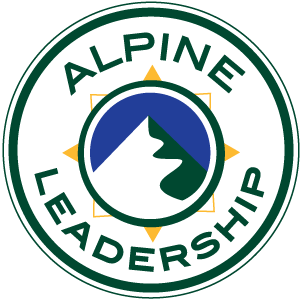Lenses for Problems and Opportunities
What is Your Lens for Problems and Opportunities?
How is your organization supporting the competencies needed to be safe and effective operators and innovating in a shifting world?
Years ago, the Coast Guard saw boating safety from the perspective of a commodity. From that view, the agenda was to regulate boats. Every boat was assured that it had adequate life preservers, a sound hull, proper lighting, and so forth. Yet, when they studied injuries and deaths in boating to see if they were having a positive outcome to their efforts, they discovered that their focus of managing the commodity or the things – boats – was not having a significant impact.
The needed change — and the Coast Guard awakened to it — was to realize that making people better andsafer boaters would be the key. They stepped up training. Boating while intoxicated became an emphasis more than making sure the boat was in top condition. The Coast Guard’s shift in focus to how competent people would operate boats increased boater safety found success. By first challenging their assumptions, and then teaching people and holding them accountable as drivers of the boats, boating safety improved in terms of measurable outcomes.
How does your organization emphasize the life preserver, the sound hull, or the regulation of bad behavior (think, controls and processes) versus making the leaders better boat operators (think, developing new competencies)? In what way are you building a team that can imagine possibilities – both potential risks and new possibilities, and having rich, sticky, and generative conversation about these? What really keeps you awake at night: An unforeseen problem arising and not having the right process in place, or wondering how well your people will lead through the unimagined problem or opportunity?
The fiduciary responsibility for any organization does not end with systems, controls, and compliance. Instead, it is a fiduciary responsibility to manage transformative change, build decision-making competencies in places closest to the decision, connect services to markets, and build futurecompetencies for the organization to outlive its current leadership.

